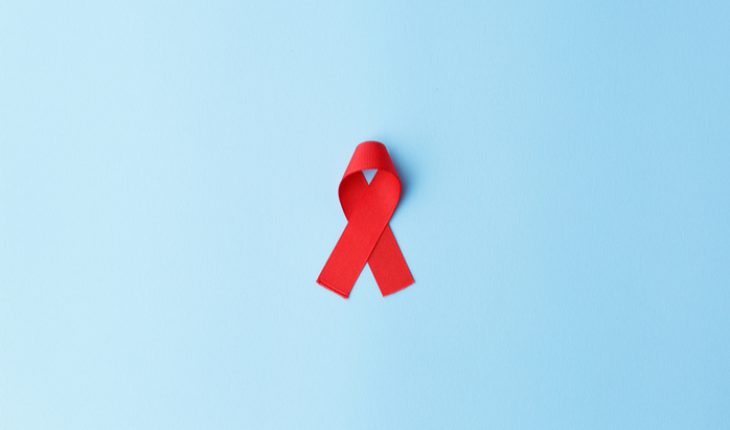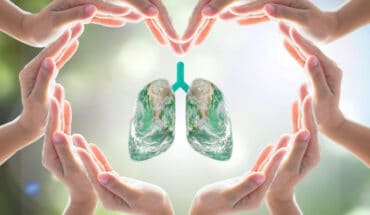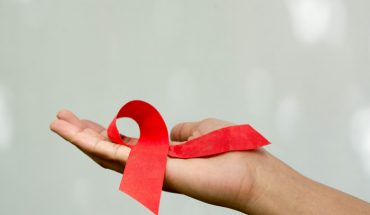We have come a long way since 1991 when Diana, Princess of Wales was photographed sitting by the bedsides of people with HIV and our screens were flooded with terrifying images of gigantic, collapsing tombstones. In the past 25 years, drugs to treat this previously life-threatening illness have evolved from multiple pills to single pill treatments with few side effects, and the life expectancy of people with HIV has increased significantly.
In the past 25 years, drugs to treat this previously life-threatening illness have evolved from multiple pills to single pill treatments with few side effects, and the life expectancy of people with HIV has increased significantly.
However many of the recent ground-breaking advances in the treatment of HIV haven’t yet entered the general public consciousness. A lot of people still don’t realise that HIV is now a treatable illness. People should know that they shouldn’t be terrified of being diagnosed.
There is still a perception, which is most definitely wrong, that only certain groups of people catch HIV. HIV is no respecter of age, gender, class or ethnicity.
What everyone should know is that advances in testing, prevention and treatment for HIV infection mean that people who receive effective treatment are un-infectious and therefore unable to pass the virus on to others, including sexual partners and unborn babies.
A 2016 study of 1,763 people living with HIV on effective treatment showed a 96% reduction in HIV transmissions to HIV negative partners. No transmissions occurred where the virus was completely suppressed. Another study called the PARTNER study of nearly 900 individuals on treatment showed no linked transmissions within the primary partnership in 58,000 sex acts.
Effective treatment also means that the life expectancy of people living with HIV is the same, and in some cases, greater than that of the general population. For example, in 2017 a study of 88,000 patients in Europe and North America (mainly young men in their twenties who were started on ART (antiretroviral therapy) between 2008 – 2010 revealed that they can expect a normal life expectancy of around 78 years in countries where antiviral therapies are available. Because access to treatment is much better than it used to be, HIV rates in children are going down as fewer women pass the virus on in childbirth and through breastfeeding.
Because of the data showing that people on effective treatment can’t transmit HIV to others, UNAIDS has set an ambitious goal that by 2020, 90% of the 36.7 million people currently living with HIV around the globe will know their diagnoses and that 90% of those diagnosed will be taking effective treatment. However, at the present time only just over half of people living with HIV have access to treatment. There is still a lot to of work to do to encourage testing, to ensure that treatment is available to all who need it and that drug supplies are sustainable as when people run out of drugs they run the risk of the virus rebounding.
Although condoms have been the cornerstone of HIV prevention for decades, most HIV prevention efforts have been unsuccessful and there is no vaccine.The availability of pre-exposure prophylaxis (PrEP) – medication taken by people at risk of catching HIV – has had ground-breaking effects on HIV transmission in many parts of the world. However, unfortunately, there are still many countries where PrEP is not widely available or accessible to all who need it, and HIV related stigma remains a significant barrier to access to effective prevention and treatment services.
At 56 Dean Street, London, we run the busiest sexual health clinic in the UK and make the largest number of HIV diagnoses in the country. In 2015-2017 we saw an 81% reduction in the number of people we diagnose. Other London clinics have also seen a drop in new cases of HIV. This drop has been seen mainly in gay and bisexual men due to increased testing and access to PrEP and early diagnosis and treatment of HIV.
In 2015-2017 we saw an 81% reduction in the number of people we diagnose. Other London clinics have also seen a drop in new cases of HIV. This drop has been seen mainly in gay and bisexual men due to increased testing and access to PrEP and early diagnosis and treatment of HIV.
People who test positive for HIV are very infectious soon after infection so it is essential for treatment to be started as soon as possible. Being on PrEP encourages people to talk about HIV risk. In England this drug isn’t yet available on the NHS; however, the NHS PrEP Impact Trial will, we hope, enable the roll-out of PrEP to those who need it.
Despite revolutionary advances in treatment, HIV related stigma is alive and well – whether it be conscious, sub-conscious, or unconscious; but ignorance isn’t bliss – it is dangerous. It is therefore important that community leaders, teachers, politicians and parents update their knowledge of HIV and educate others, especially young people, about HIV.
In 1986 the government’s ‘Tombstone’ ad campaign struck fear into everyone’s hearts. The focus of the campaign was a video featuring the words ‘AIDS: don’t die of ignorance’ carved into a huge tombstone. In the more than thirty years since the ‘tombstone’ ad was first broadcast across Britain, much has changed, but the stigma surrounding HIV and AIDS still exists. Since the 1980s there has been no comparable government campaign about what HIV means today. Many people still don’t know the difference between HIV and AIDS. When HIV first emerged, there was great fear and panic, and people were often rejected by friends and family. People were scared that if they were diagnosed with HIV their dentist would no longer be able to treat them. Although people like Diana, Princess of Wales did a huge amount in the early days of the UK epidemic to raise awareness and challenge the stigma surrounding HIV, we still have far to go before we eradicate the fear and stigma that continue to surround HIV in 2018.
It is everyone’s responsibility to do what they can to stop HIV-related stigma; it shouldn’t be left to others.
We need to ensure UNAIDS is able to realise its intention to end AIDS as a public health threat by 2020.
- The end of HIV is up to us - 29th April 2018







